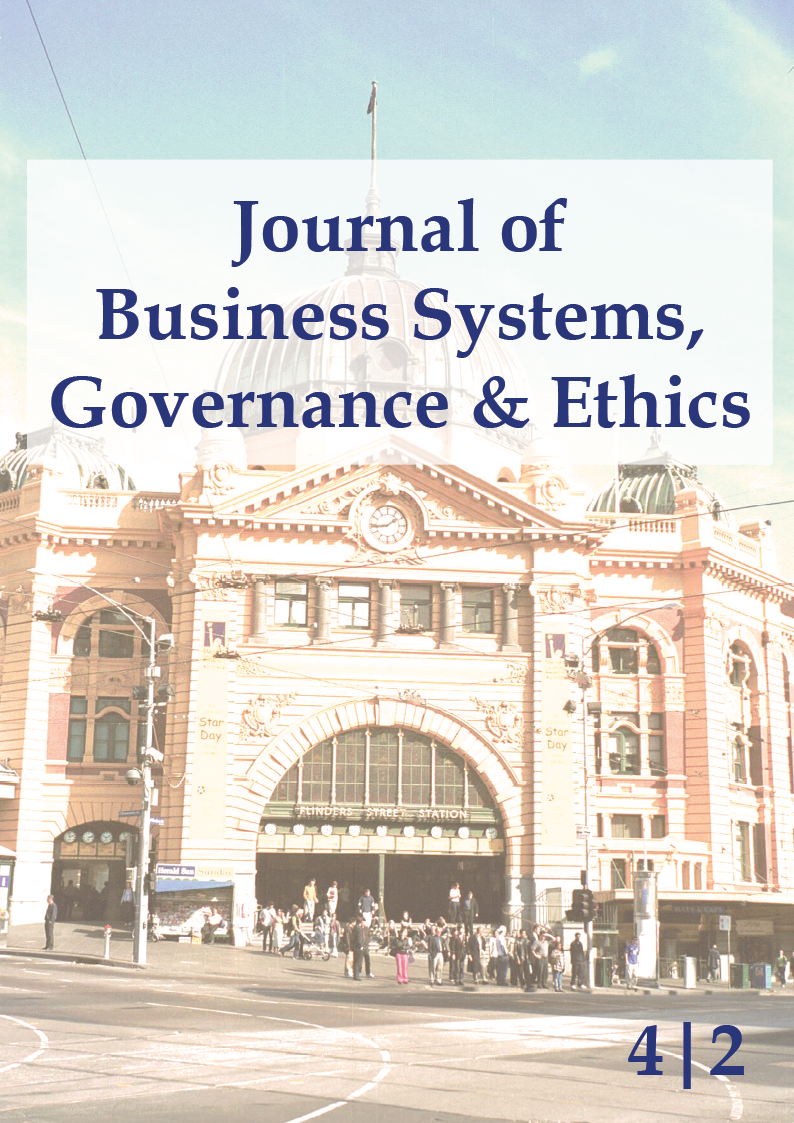Are Young Consumers Still Susceptible to the Country-of-Origin Effect?
DOI:
https://doi.org/10.15209/jbsge.v4i2.160Abstract
The effect that consumers’ country-related images have on their purchase decisions is known as the country of origin effect. Marketing researchers have thoroughly investigated Country-of-Origin (COO) effects in a range of contexts since the mid-1960s. However, since the 1980s it has been thought (e.g., Levitt 1983; Ohmae 1995) that consumer needs and wants are converging and that nation-states are artificial and superficial entities of little value to consumers indicators of product quality. The argument is that since young consumers are used to seeing products from a variety of countries they do not have the country biases that the COO effect stipulates (Usunier 2006). A recent study (Wong et al. 2008) on young Chinese consumers and the COO effect appears to confirm that young consumers are no longer influenced by the COO effect. The aim of this research was to conceptually investigate how the relationship between young consumers’ product-country image and their product evaluations is influenced by two contextual variables: their product involvement and their perceived product-origin congruency.
Downloads
Published
How to Cite
Issue
Section
License
Authors who publish with this journal agree to the following terms:- Authors retain copyright and grant the journal right of first publication with the work simultaneously licensed under a Creative Commons Attribution License that allows others to share the work with an acknowledgement of the work's authorship and initial publication in this journal.
- Authors are able to enter into separate, additional contractual arrangements for the non-exclusive distribution of the journal's published version of the work (e.g., post it to an institutional repository or publish it in a book), with an acknowledgement of its initial publication in this journal.
- Authors are permitted and encouraged to post their work online (e.g., in institutional repositories or on their website) prior to and during the submission process, as it can lead to productive exchanges, as well as earlier and greater citation of published work (See The Effect of Open Access).


